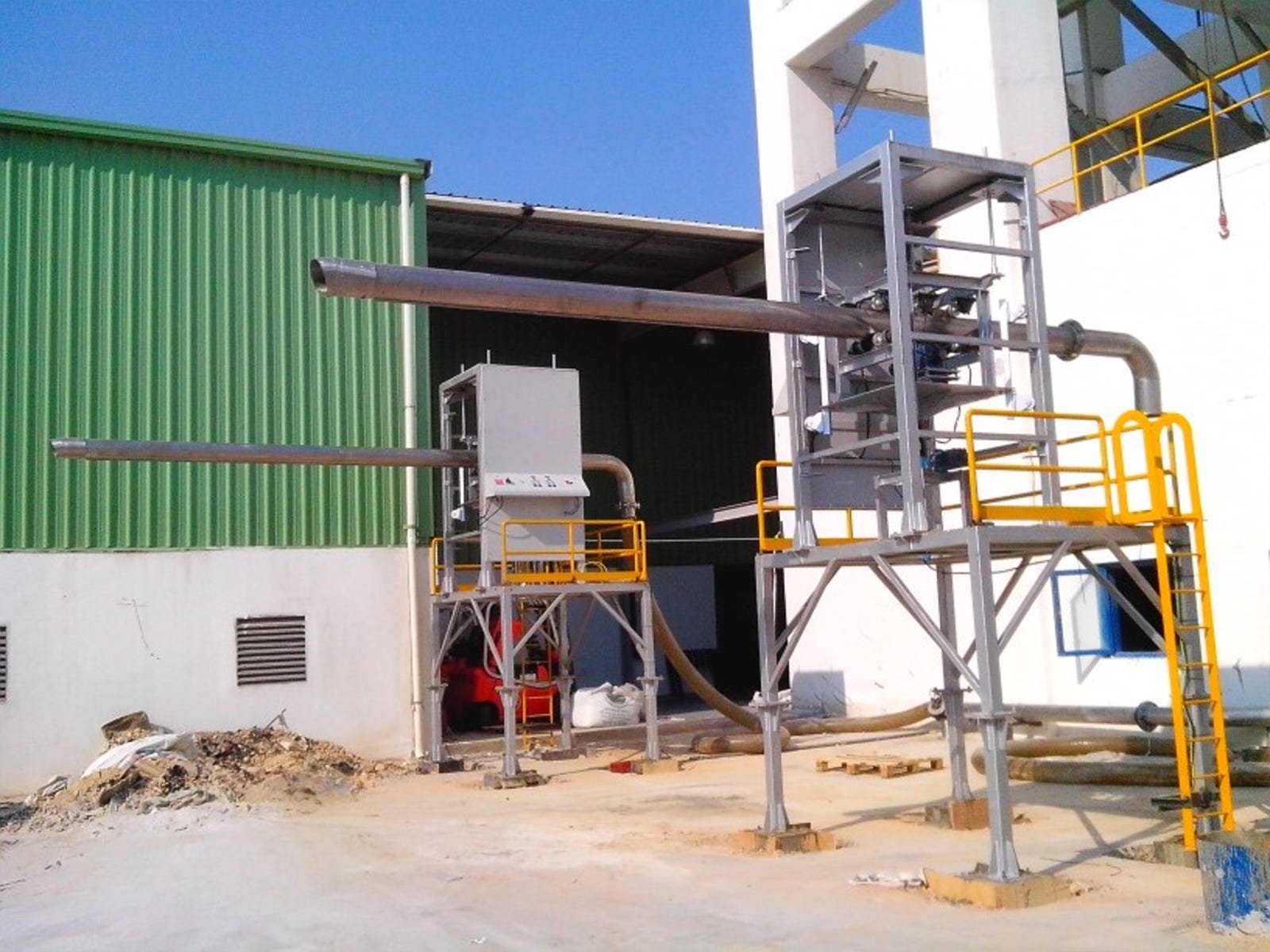When the word ‘logistics’ is mentioned, most people think of movement of parts and unit items in containers or in packed crates. Many truck owners call themselves ‘logistics’ companies to keep with their interpretation of the word to mean truck movement. The true game of logistics is enormous in its impact and its importance in the final product price or even a country’s GDP is often grossly underestimated.
One area of logistics that even industry professionals are often unaware of, or do not give due importance to, is the movement and distribution of dry bulk materials such as cement, fertiliser, chemicals, petrochemicals, foodgrains, minerals, etc. Almost every aspect of everyday life and the contents of every home have products that have begun life as dry powders.
Paint and glass are common examples. Both begin their life as powders. Glass is made from sand; paints are made of minerals and chemicals. Synthetic clothes are made from pellets of plastic. Mobile phones come from plastic pellets and chips. Bathroom fixtures like washbasins and toilets come from ceramic powders and grains. Detergents and beauty products come from chemical powders and mixtures.
All this means an enormous amount of dry bulk materials have to be moved across the country from origin to user destination, from factories making these bulk materials to factories using them in their production processes.
The most common method of moving these materials is in bags. We are familiar with the cement bags we see in everyday life. We are familiar with bags of pulses and grain in the local cornershops. We are familiar with bags packed on the backs of trucks we overtake. All of these are of 30-50kg weight.
They are filled in factories by bag filling machines and are stitched closed automatically. There are also bags that can carry 1000kg of powders called jumbo bags or big bags or FIBCs. (flexible intermediate bulk containers).
To move large amounts of bulk materials, we will need a very large number of bags, the handling of which poses major environmental and health problems. In India, most handling is still be manual labour and the lack of legislation that has teeth is a major factor in this practice still being continued. As an example, the number of 50kg bags that a typical factory producing say 40,000 tonnes of detergent powder a year needs to handle is about 800,000! If raw materials are being received every fortnight, this means 30,000 bags every 15 days. Multiply this by about 100 (total number of such factories that a country like India may have) and you have quite a ‘bagful’!
The best way to move the material that these bags hold will be by bulk, meaning that there are no bags. If it were possible to just fill a typical Tata truck with bulk material (like the sand trucks you see on the roads) and move it across the country, you can avoid bags but at the cost of major pollution.
And how do you empty and store the material?
The Solution
The use of lined containers from companies is one solution to avoid the filling and handling of bags. This concept is relatively well established in the developing countries but has not yet taken off in India.
This is primarily because of the lack of knowledge and information as to what these systems entail. A description of this system is given below.
Liners are special plastic ‘inserts’ that are placed inside standard containers. They have provision for hooking to the internal hooks in the container and also have a bulkhead at the door end of the container.
These bulkheads are part of the liner and will be generally made of a heavy synthetic material or wood and are integrated into the liner construction. The bulkhead has one or more entry holes at the top and a discharge spout or opening across the bulkhead at the bottom.
To fill the liner once it is installed inside the container, a variety of methods are available. Depending on the nature of the bulk material, the product can be ‘blown’ inside, conveyed inside by a belt or screw conveyor or the container is transported to the destination by road just as any other container movement.
On reaching the destination, however, provision must be available for the container to be lifted off the truck and tilted again with the door side facing down. The bulkhead openings at the bottom are flexibly connected to a pneumatic conveying system which simply blows the product to a silo. The tilt of the container can be varied to suit the product and in the case of difficult to flow materials, the container liner has built-in aeration and corner inflatable pockets to ensure full emptying.
Tilting methods:
The container tilt unit is generally hydraulically operated but a new design specifically tailored for Indian conditions uses mechanical lift and tilt systems which are simple and ‘idiot proof’. This is especially significant because of the rampant use of unskilled and uneducated labour for such work due to remotely located plants with no infrastructure.
Step by step installation of the Liner into the truck:
Filling methods (done inhouse by Scorpio):

Tilting and Unloading methods (done inhouse by Scorpio):
